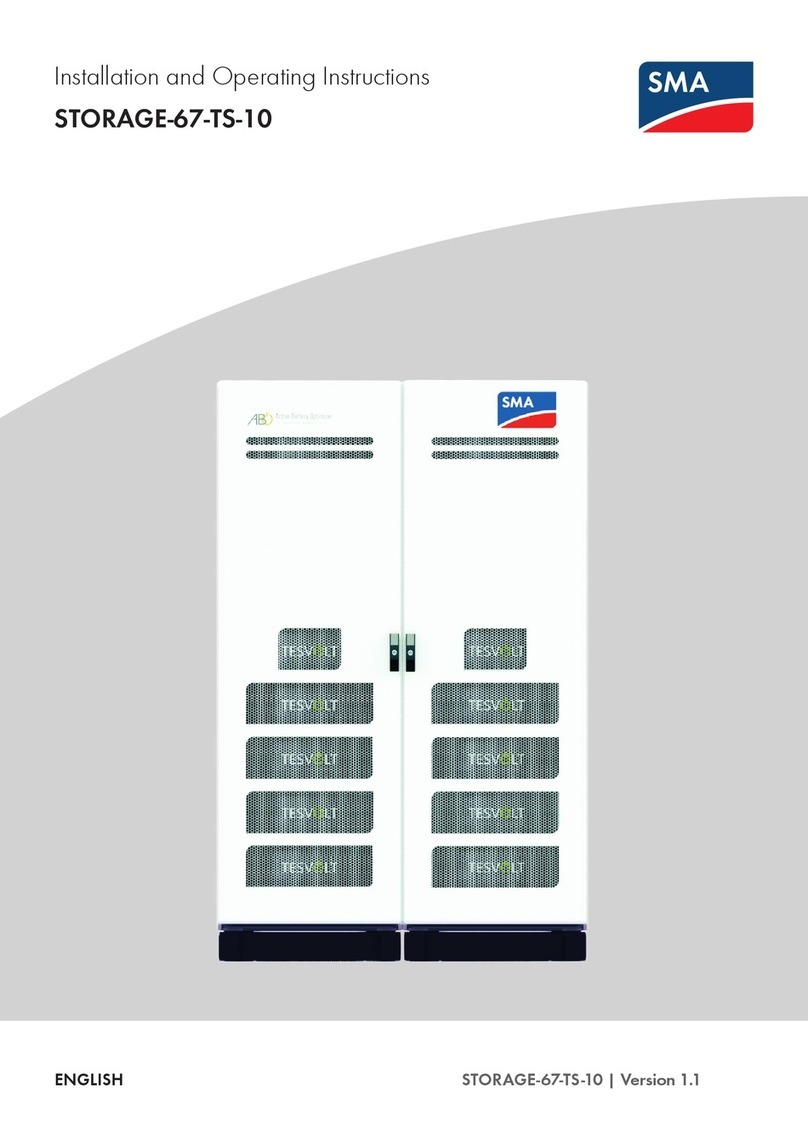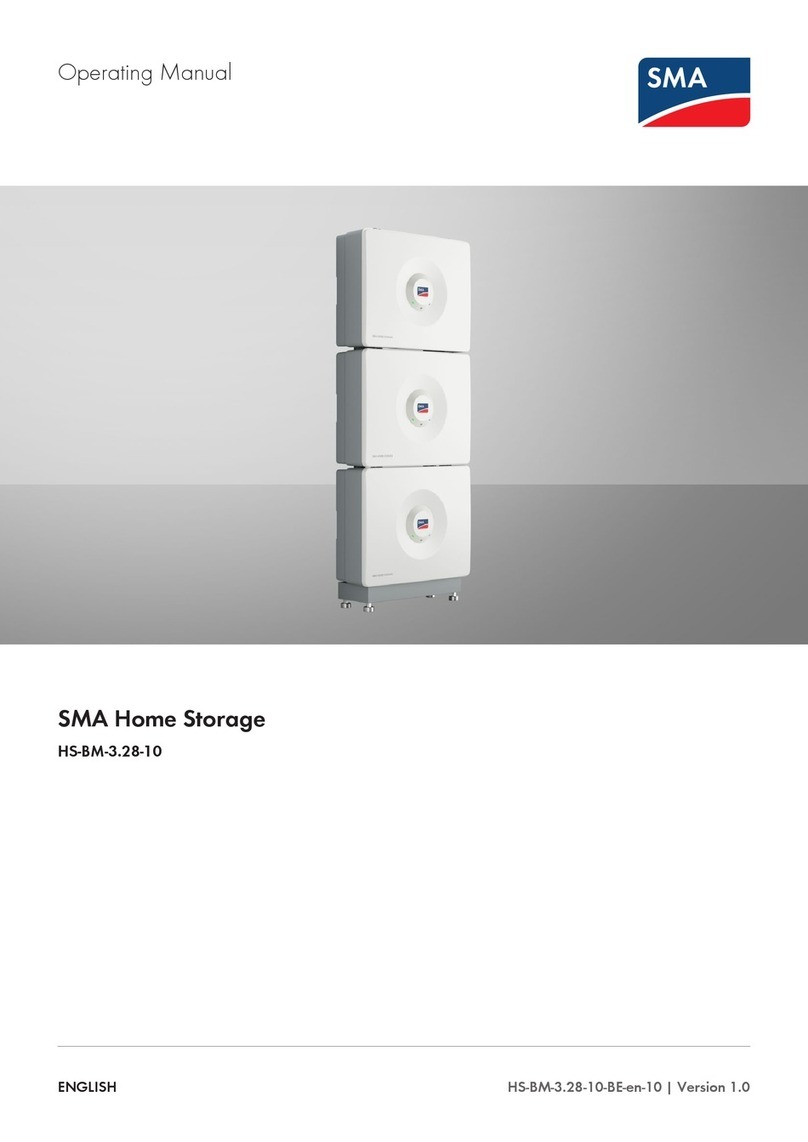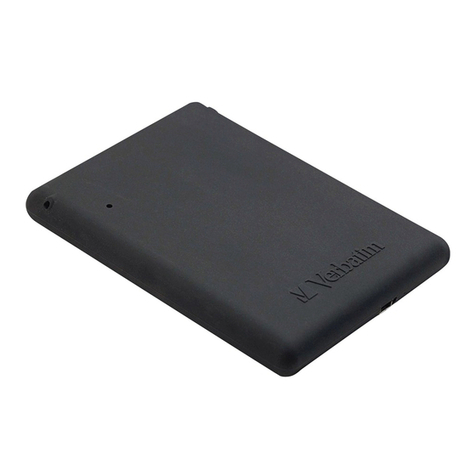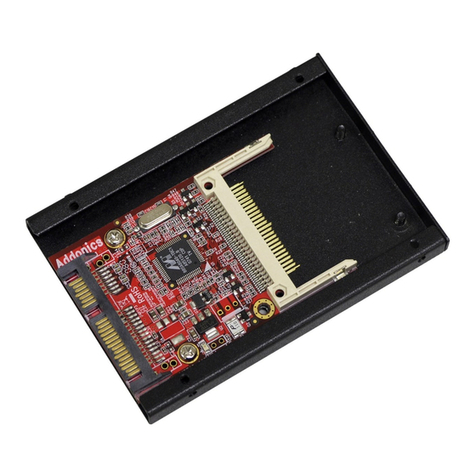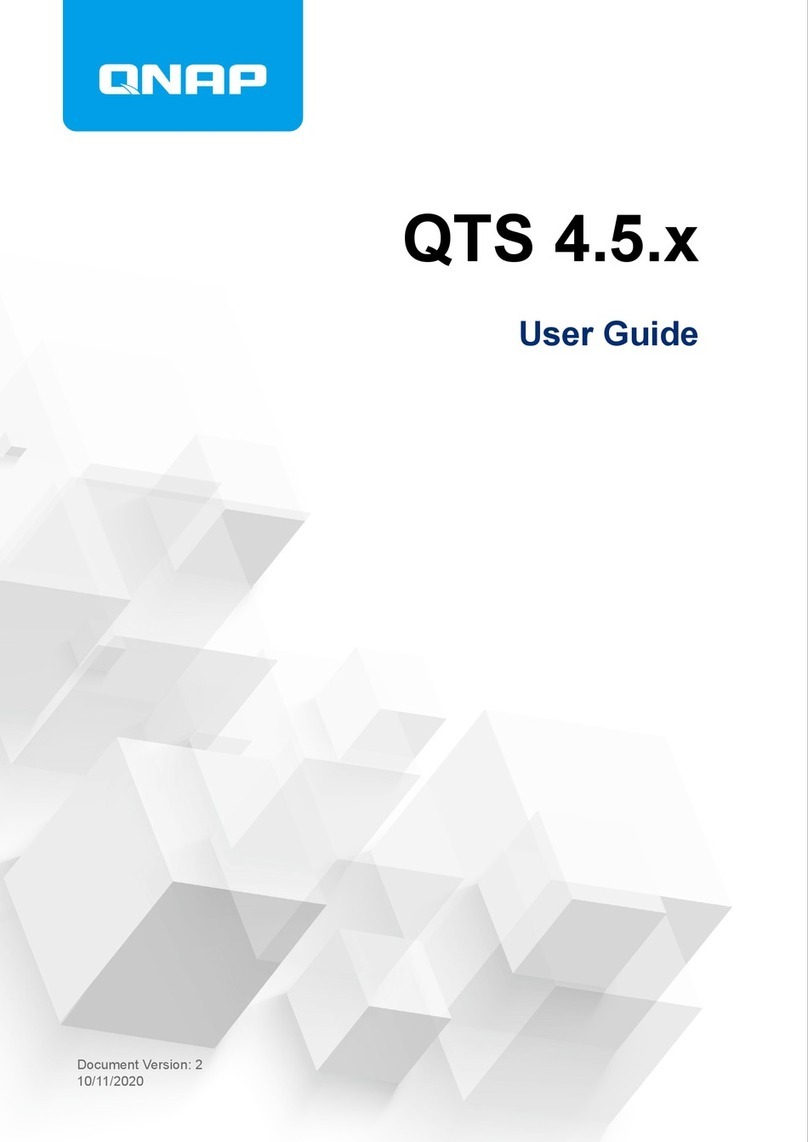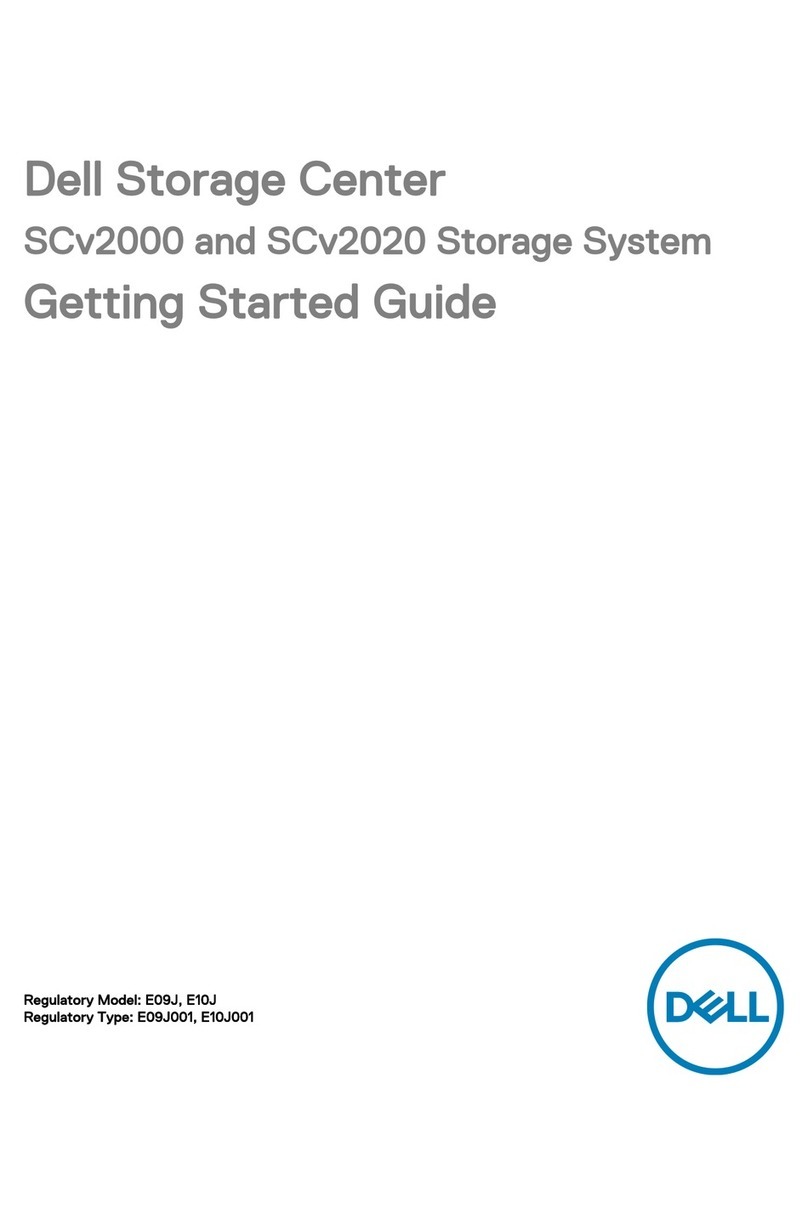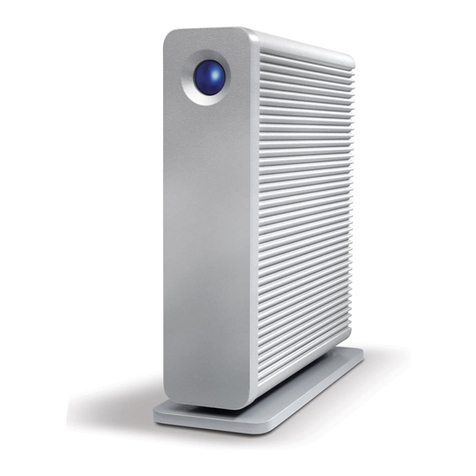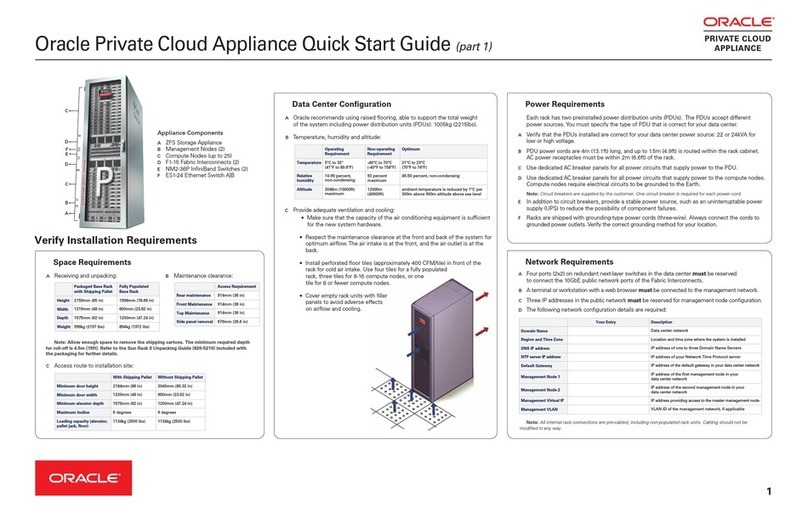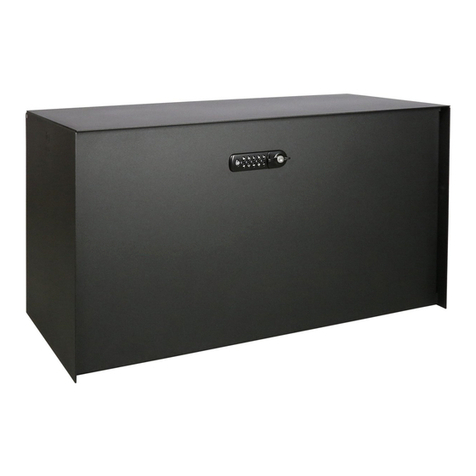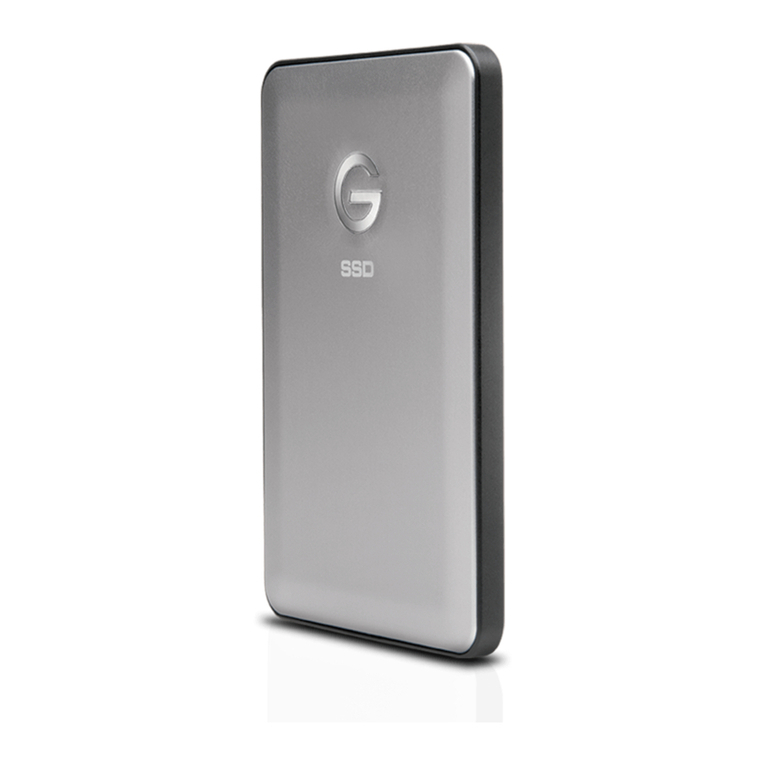SMA HM-BT-10.GR2 User manual

FSS-IS-en-42 | Version 4.2 ENGLISH
Installation Manual - Quick Reference Guide
SMA FLEXIBLE STORAGE SYSTEM
Increased Self-Consumption with
SUNNY ISLAND 3.0M / 4.4M / 6.0H / 8.0H and SUNNY HOME MANAGER

Legal Provisions SMA Solar Technology AG
2 FSS-IS-en-42 Installation Manual - Quick Reference Guide
Legal Provisions
The information contained in this document is the property of SMA Solar Technology AG. Publishing its content, either
partially or in full, requires the written permission of SMA Solar Technology AG. Any internal company copying of the
document for the purposes of evaluating the product or its correct implementation is allowed and does not require
permission.
SMA Warranty
You can download the current warranty conditions from the Internet at www.SMA-Solar.com.
Trademarks
All trademarks are recognized, even if not explicitly identified as such. A lack of identification does not mean that a
product or symbol is not trademarked.
The BLUETOOTH® word mark and logos are registered trademarks owned by Bluetooth SIG, Inc. and any use of these
marks by SMA Solar Technology AG is under license.
Modbus® is a registered trademark of Schneider Electric and is licensed by the Modbus Organization, Inc.
QR Code is a registered trademark of DENSO WAVE INCORPORATED.
Phillips® and Pozidriv® are registered trademarks of Phillips Screw Company.
Torx® is a registered trademark of Acument Global Technologies, Inc.
SMA Solar Technology AG
Sonnenallee 1
34266 Niestetal
Germany
Tel. +49 561 9522-0
Fax +49 561 9522-100
www.SMA.de
E-mail: [email protected]
© 2004 to 2015 SMA Solar Technology AG. All rights reserved.

SMA Solar Technology AG Table of Contents
Installation Manual - Quick Reference Guide FSS-IS-en-42 3
Table of Contents
1 Information on this Document. . . . . . . . . . . . . . . . . . . . . . . . . . . . . . . . . . . . . . . . . . . . . . . . . . . . . 5
1.1 Validity . . . . . . . . . . . . . . . . . . . . . . . . . . . . . . . . . . . . . . . . . . . . . . . . . . . . . . . . . . . . . . . . . . . . . . . . . . . . . . 5
1.2 Content and Structure of this Document . . . . . . . . . . . . . . . . . . . . . . . . . . . . . . . . . . . . . . . . . . . . . . . . . . . . . 5
1.3 Target Group . . . . . . . . . . . . . . . . . . . . . . . . . . . . . . . . . . . . . . . . . . . . . . . . . . . . . . . . . . . . . . . . . . . . . . . . . 5
1.4 Additional Information . . . . . . . . . . . . . . . . . . . . . . . . . . . . . . . . . . . . . . . . . . . . . . . . . . . . . . . . . . . . . . . . . . 5
1.5 Symbols . . . . . . . . . . . . . . . . . . . . . . . . . . . . . . . . . . . . . . . . . . . . . . . . . . . . . . . . . . . . . . . . . . . . . . . . . . . . . 6
1.6 Typographies . . . . . . . . . . . . . . . . . . . . . . . . . . . . . . . . . . . . . . . . . . . . . . . . . . . . . . . . . . . . . . . . . . . . . . . . . 6
1.7 Nomenclature. . . . . . . . . . . . . . . . . . . . . . . . . . . . . . . . . . . . . . . . . . . . . . . . . . . . . . . . . . . . . . . . . . . . . . . . . 6
2 Safety . . . . . . . . . . . . . . . . . . . . . . . . . . . . . . . . . . . . . . . . . . . . . . . . . . . . . . . . . . . . . . . . . . . . . . . . 7
2.1 Intended Use . . . . . . . . . . . . . . . . . . . . . . . . . . . . . . . . . . . . . . . . . . . . . . . . . . . . . . . . . . . . . . . . . . . . . . . . . 7
2.2 Safety Information . . . . . . . . . . . . . . . . . . . . . . . . . . . . . . . . . . . . . . . . . . . . . . . . . . . . . . . . . . . . . . . . . . . . . 8
3 Information and System Description . . . . . . . . . . . . . . . . . . . . . . . . . . . . . . . . . . . . . . . . . . . . . . 10
3.1 Requirements of the "VDE Forum Network Technology / Network Operations (FNN)" . . . . . . . . . . . . . . . 10
3.2 Requirements of VDE Application Guide 2510-2. . . . . . . . . . . . . . . . . . . . . . . . . . . . . . . . . . . . . . . . . . . . . 11
3.3 System Information . . . . . . . . . . . . . . . . . . . . . . . . . . . . . . . . . . . . . . . . . . . . . . . . . . . . . . . . . . . . . . . . . . . . 12
3.4 System Description . . . . . . . . . . . . . . . . . . . . . . . . . . . . . . . . . . . . . . . . . . . . . . . . . . . . . . . . . . . . . . . . . . . . 13
4 System With One Sunny Island . . . . . . . . . . . . . . . . . . . . . . . . . . . . . . . . . . . . . . . . . . . . . . . . . . 14
4.1 Circuitry Overview . . . . . . . . . . . . . . . . . . . . . . . . . . . . . . . . . . . . . . . . . . . . . . . . . . . . . . . . . . . . . . . . . . . . 14
4.2 Connecting the Sunny Island . . . . . . . . . . . . . . . . . . . . . . . . . . . . . . . . . . . . . . . . . . . . . . . . . . . . . . . . . . . . 15
5 System With Three Sunny Island Inverters . . . . . . . . . . . . . . . . . . . . . . . . . . . . . . . . . . . . . . . . . 17
5.1 Circuitry Overview . . . . . . . . . . . . . . . . . . . . . . . . . . . . . . . . . . . . . . . . . . . . . . . . . . . . . . . . . . . . . . . . . . . . 17
5.2 Connecting the Master . . . . . . . . . . . . . . . . . . . . . . . . . . . . . . . . . . . . . . . . . . . . . . . . . . . . . . . . . . . . . . . . . 18
5.3 Connecting Slave 1 and Slave 2 . . . . . . . . . . . . . . . . . . . . . . . . . . . . . . . . . . . . . . . . . . . . . . . . . . . . . . . . . 19
6 Connecting the Sunny Home Manager . . . . . . . . . . . . . . . . . . . . . . . . . . . . . . . . . . . . . . . . . . . . 20
7 Commissioning . . . . . . . . . . . . . . . . . . . . . . . . . . . . . . . . . . . . . . . . . . . . . . . . . . . . . . . . . . . . . . . . 21
7.1 Basic Configuration of the Sunny Island Inverter . . . . . . . . . . . . . . . . . . . . . . . . . . . . . . . . . . . . . . . . . . . . . 21
7.2 Adjusting the Configuration of the Sunny Island Inverter . . . . . . . . . . . . . . . . . . . . . . . . . . . . . . . . . . . . . . . 25
7.2.1 Countries in Which the Configuration Must Be Adjusted. . . . . . . . . . . . . . . . . . . . . . . . . . . . . . . . . . . . . . . . . .25
7.2.2 Adjusting the Configuration for Denmark . . . . . . . . . . . . . . . . . . . . . . . . . . . . . . . . . . . . . . . . . . . . . . . . . . . . .25
7.2.3 Adjusting the Configuration for Austria . . . . . . . . . . . . . . . . . . . . . . . . . . . . . . . . . . . . . . . . . . . . . . . . . . . . . . .26
7.2.4 Adjusting the Configuration for Switzerland . . . . . . . . . . . . . . . . . . . . . . . . . . . . . . . . . . . . . . . . . . . . . . . . . . .26
7.3 Preparing BLUETOOTH Communication . . . . . . . . . . . . . . . . . . . . . . . . . . . . . . . . . . . . . . . . . . . . . . . . . . . 27
7.4 Commissioning the SMA Flexible Storage System . . . . . . . . . . . . . . . . . . . . . . . . . . . . . . . . . . . . . . . . . . . . 27
8 Contact . . . . . . . . . . . . . . . . . . . . . . . . . . . . . . . . . . . . . . . . . . . . . . . . . . . . . . . . . . . . . . . . . . . . . . 30

SMA Solar Technology AG
4 FSS-IS-en-42 Installation Manual - Quick Reference Guide

SMA Solar Technology AG 1 Information on this Document
Installation Manual - Quick Reference Guide FSS-IS-en-42 5
1 Information on this Document
1.1 Validity
This document is valid for the SMA Flexible Storage System with the following SMA products:
• HM-BT-10.GR2 (Sunny Home Manager) from firmware version 1.04
• SI3.0M-11 (Sunny Island 3.0M) with firmware version 3.2
• SI4.4M-11 (Sunny Island 4.4M) with firmware version 3.2
• SI6.0H-11 (Sunny Island 6.0H) with firmware version 3.1
• SI8.0H-11 (Sunny Island 8.0H) with firmware version 3.1
1.2 Content and Structure of this Document
This document summarizes the specific information for the installation of an SMA Flexible Storage System. Circuitry
overviews provide the basic principle of how an SMA Flexible Storage System is connected. The structure of the
document specifies the chronological sequence for configuration and commissioning. This document does not replace the
documentation of the individual products. You will find details and help in the event of difficulties in the documentation of
the respective product.
1.3 Target Group
The activities described in this document must only be performed by qualified persons. Qualified persons must have the
following skills:
• Training in how to deal with the dangers and risks associated with installing and using electrical devices and batteries
• Training in the installation and commissioning of electrical devices
• Knowledge of and adherence to the local standards and directives
• Knowledge of and compliance with this document and all safety information
1.4 Additional Information
Links to additional information can be found at www.SMA-Solar.com:
Document title Document type
SMA Smart Home Planning Guidelines
Sunny Explorer User manual
SMA BLUETOOTH Wireless Technology Technical description
SMA BLUETOOTH Wireless Technology in Practice Technical Information

1 Information on this Document SMA Solar Technology AG
6 FSS-IS-en-42 Installation Manual - Quick Reference Guide
1.5 Symbols
1.6 Typographies
1.7 Nomenclature
Symbol Explanation
'$1*(5
Indicates a hazardous situation which, if not avoided, will result in death or serious injury
:$51,1*
Indicates a hazardous situation which, if not avoided, can result in death or serious injury
&$87,21
Indicates a hazardous situation which, if not avoided, can result in minor or moderate injury
/05*$&
Indicates a situation which, if not avoided, can result in property damage
Information that is important for a specific topic or goal, but is not safety-relevant
☐ Indicates a requirement for meeting a specific goal
☑ Desired result
✖ A problem that might occur
Typography Usage Example
bold • Display messages
• Parameters
•Terminals
•Slots
• Elements to be selected
• Elements to be entered
• Connect the grounding conductor to
AC 2Gen/Grid.
• Select the parameter 235.01 GnAutoEna
and set to Off.
>• Several elements that are to be
selected
•Select 600# Direct Access > Select
Number.
Complete designation Designation in this document
SMA BLUETOOTH Wireless Technology BLUETOOTH
Sunny Boy, Sunny Mini Central, Sunny Tripower PV inverters
SMA radio-controlled socket with BLUETOOTH Wireless
Technology
SMA radio-controlled socket
SMA Speedwire Speedwire
SMA Speedwire data module for Sunny Island Speedwire data module Sunny Island
SMA Speedwire/Webconnect Data Module Speedwire data module
Gird-forming generators such as electric generators or utility
grids
External Energy Sources
Sunny Explorer, Sunny Portal, Sunny Home Manager Communication product

SMA Solar Technology AG 2 Safety
Installation Manual - Quick Reference Guide FSS-IS-en-42 7
2 Safety
2.1 Intended Use
The SMA Flexible Storage System supports increased self-consumption through the following measures:
• Intermediate storage of excess PV energy with Sunny Island
• Load control and PV system monitoring with Sunny Home Manager
The SMA Flexible Storage System does not form a battery backup grid in the event of utility grid failure (for installation
of a battery backup system, see Quick Reference Guide "SMA Flexible Storage System with Battery Backup Grid").
The SMA Flexible Storage System must only be used in those countries for which it is licensed or in those countries for
which it is approved by SMA Solar Technology AG and the grid operator. The grid configuration must be a TN or TT
system.
The SMA Flexible Storage System records the grid feed-in and purchased electricity with an SMA Energy Meter only.
An SMA Energy Meter does not replace the energy meter of the electric utility company. The grid feed-in and the
purchased electricity are transmitted to one Sunny Island via Speedwire. To enable this, the Sunny Island must be fitted
with the Speedwire data module Sunny Island.
The Sunny Home Manager must not be installed in PV systems in which a Sunny WebBox is installed.
In the SMA Flexible Storage System, the Sunny Island uses lead-acid batteries or lithium-ion batteries for energy storage.
A fuse switch-disconnector (e.g., BatFuse) must be installed between the battery and the Sunny Island. In systems with
lead-acid batteries, you must ensure that the battery room is sufficiently ventilated (see battery manufacturer
documentation). If lithium-ion batteries are connected, the battery management of the lithium-ion battery must be
compatible with the Sunny Island (see the Planning Guidelines "SMA Smart Home" at www.SMA-Solar.com).
Three Sunny Island inverters can be connected to form a three-phase cluster. A cluster is connected in parallel on the DC
side and a shared battery is connected. Only Sunny Island inverters of the same device type may be installed in a cluster.
More than one cluster cannot be connected.
The SMA Flexible Storage System can be installed at altitudes of up to 2,000 m above Mean Sea Level.
The following products must not be connected in the SMA Flexible Storage System:
• Sunny Island Charger or other DC charge controllers
•DC loads
Use this system only in accordance with the information provided in the enclosed documentation and with the locally
applicable standards and directives. Any other application may cause personal injury or property damage.
Alterations to the system, e.g. modifications or conversions, are only permitted with the express written permission of
SMA Solar Technology AG. Unauthorized alterations will void guarantee and warranty claims and usually void the
operating license. SMA Solar Technology AG shall not be held liable for any damage caused by such alterations.
Any use of the system other than that described in the Intended Use section does not qualify as appropriate.
The enclosed documentation is an integral part of this system Keep the documentation in a convenient place for future
reference and observe all instructions contained therein.

2 Safety SMA Solar Technology AG
8 FSS-IS-en-42 Installation Manual - Quick Reference Guide
2.2 Safety Information
This section contains safety information that must be observed at all times when working on or with the
SMA Flexible Storage System. To prevent personal injury and property damage and to ensure long-term operation of the
SMA Flexible Storage System, read this section carefully and observe all safety information at all times.
:$51,1*
Danger to life from electric shock due to live voltage
High voltages are present in the SMA Flexible Storage System. When covers (e.g., an enclosure lid) are removed, live
components can be touched, which can result in death or serious injury due to electric shock.
• When carrying out any work on the electrical installation, wear suitable personal protective equipment.
• Before removing a cover, disconnect the relevant device from voltage sources (see documentation of the relevant
device).
Danger to life from electric shock due to damaged components
Operating a damaged device can lead to hazardous situations that can result in death or serious injuries due to electric
shock.
• In all cases, only use devices when they are technically faultless and in an operationally safe state.
• Regularly check all devices for visible damage.
• Ensure that all safety equipment is freely accessible at all times.
• Make sure that all safety equipment is in good working order.
Danger to life due to incompatible lithium-ion battery
An incompatible lithium-ion battery can lead to a fire or an explosion. With incompatible lithium-ion batteries, it is not
ensured that the battery management is intrinsically safe and will protect the battery.
• Verify that the battery complies with locally applicable standards and directives, and is intrinsically safe.
• Ensure that the lithium-ion batteries are approved for use with the Sunny Island.
The list of lithium-ion batteries approved for the Sunny Island is updated regularly (see the Technical Information
"List of Approved Lithium-Ion Batteries" at www.SMA-Solar.com).
• If no lithium-ion batteries approved for the Sunny Island can be used, use lead-acid batteries.
Danger to life due to explosive gases
Explosive gases may escape from the battery and cause an explosion. This can result in death or serious injury.
• Protect the battery environment from open flames, embers, or sparks.
• Install, operate, and maintain the battery in accordance with the manufacturer's specifications.
• Do not heat the battery above the temperature permitted or burn the battery.
• Ensure that the battery room is sufficiently ventilated.
• Remove watches, rings, and other metal objects.
• Use insulated tools.
• Do not place tools or metal parts on the battery.

SMA Solar Technology AG 2 Safety
Installation Manual - Quick Reference Guide FSS-IS-en-42 9
:$51,1*
Chemical burns and poisoning due to battery electrolyte
If handled inappropriately, battery electrolyte can cause irritation to the eyes, respiratory system, and skin, and it can
be toxic. This may result in blindness and serious chemical burns.
• Protect the battery enclosure against destruction.
• Do not open or deform the battery.
• Whenever working on the battery, wear suitable personal protective equipment such as rubber gloves, apron,
rubber boots, and goggles.
• Rinse acid splashes thoroughly with clear water and consult a doctor.
• Install, operate, maintain, and dispose of the battery according to the manufacturer's specifications.
Risk of injury due to short-circuit currents
Short-circuit currents in the battery can cause heat build-up and electric arcs. Burns or eye injuries due to flashes may
result.
• Remove watches, rings, and other metal objects.
• Use insulated tools.
• Do not place tools or metal parts on the battery.
&$87,21
Risk of burns due to short-circuit currents on the disconnected Sunny Island
The capacitors store energy at the DC connection input area. After the battery is isolated from the Sunny Island, battery
voltage is still temporarily present at the DC terminal. A short circuit at the DC connection can lead to burns and may
damage the Sunny Island inverter.
• Wait 15 minutes before performing any work at the DC connection or on the DC cables. This allows the capacitors
to discharge.
/05*$&
Damage to the battery due to incorrect settings
The set battery parameters influence the charging behavior of the Sunny Island inverter. The battery can be damaged
by incorrect settings of the parameters for battery type, nominal voltage, and capacity.
• Ensure that the values recommended by the battery manufacturer are set (refer to the technical data of the battery
in the manufacturer documentation). Note that the battery charging behavior names used by
SMA Solar Technology AG and the battery manufacturer may, in some cases, differ in meaning (for the battery
charging behavior of the Sunny Island inverter, see technical information "Battery Management").
• Set the battery capacity for a ten-hour electric discharge (C10) The battery manufacturer specifies the battery
capacity in relation to discharge time.
Destruction of devices due to electrostatic discharge (ESD)
If enclosure parts are removed, the devices (e.g., Sunny Island or PV inverter) can be damaged or destroyed if
electronic components or terminals are touched.
• Do not touch any electronic components in open devices.
• Ground yourself before touching any connections.

3 Information and System Description SMA Solar Technology AG
10 FSS-IS-en-42 Installation Manual - Quick Reference Guide
3 Information and System Description
3.1 Requirements of the "VDE Forum Network Technology / Network
Operations (FNN)"
The information below only applies for systems for which the following properties are all applicable:
• Only one Sunny Island is connected in the system.
• The grid operator requires compliance with the Technical Information "Connection and Operation of Storage Units"
of the FNN. Currently, only the grid operators in Germany require compliance with the above-mentioned Technical
Information (status: June 2014).
In these systems, the Sunny Island must be connected to a line conductor supplied by a single-phase PV inverter. If there
are only three-phase PV inverters connected in the system, the Sunny Island can be connected to any line conductor.
The requirements of the Technical Information "Connection and Operation of Storage Units in Low-Voltage Networks"
published by the FNN influence the discharge behavior of the Sunny Island inverter. In systems with one Sunny Island
and single-phase PV inverters, the SMA Flexible Storage System reduces the maximum discharge power of the
Sunny Island inverter as required.
Example 1:
All PV inverters are single-phase and are feeding in asymmetrically
(Sunny Boy). The PV inverters are connected to one line conductor.
The Sunny Island must be connected to the line conductor
into which the PV inverters are feeding.
Example 2:
All PV inverters are single-phase and are feeding in asymmetrically
(Sunny Boy). PV inverters are connected to two line conductors.
The Sunny Island must be connected to a line conductor into
which a single-phase PV inverter is feeding. TIP: Connect the
Sunny Island to the line conductor being supplied with the
least PV energy. This will increase the control range for
increased self-consumption.
Example 3:
All PV inverters are single-phase and are feeding in asymmetrically
(Sunny Boy). One PV inverter is connected to each line conductor.
The Sunny Island can be connected to any line conductor.
TIP: Connect the Sunny Island to the line conductor being
supplied with the least PV energy. This will increase the
control range for increased self-consumption.

SMA Solar Technology AG 3 Information and System Description
Installation Manual - Quick Reference Guide FSS-IS-en-42 11
3.2 Requirements of VDE Application Guide 2510-2
The requirements below only apply for systems for which the following properties are all applicable:
• The system is a self-consumption system and/or battery-backup system.
• The system is installed in Germany.
In accordance with the scope of the VDE application guide 2510-2, a manufacturer's system is regarded as a complete
energy storage system only if products are used that have been approved by the manufacturer (for details on the
SMA Flexible Storage System of SMA Solar Technology AG see the Planning Guidelines "SMA Smart Home" and the
Technical Information "List of Approved Lithium-Ion Batteries" at www.SMA-Solar.com). If products are used that have not
been approved by SMA Solar Technology AG, the installer is deemed as the manufacturer of the system.
The requirements of the VDE application guide 2510-2 are fulfilled if the installation is carried out in the accordance with
the technical documentation of the Sunny Island inverter.
Example 4:
All PV inverters are three-phase and are feeding in symmetrically
(Sunny Tripower).
The Sunny Island can be connected to any line conductor.
Example 5:
The PV system consists of three-phase PV inverters (Sunny Tripower)
and single-phase PV inverters (Sunny Boy). The PV system is feeding
in asymmetrically.
The Sunny Island must be connected to a line conductor into which
a single-phase PV inverter is feeding.
The PV system is not ideal for the SMA Flexible Storage System. The
Sunny Island can only discharge the battery if less than 4.6 kVA are
being fed in on the line conductor of the Sunny Island inverter at the
point of interconnection.

3 Information and System Description SMA Solar Technology AG
12 FSS-IS-en-42 Installation Manual - Quick Reference Guide
3.3 System Information
Recommendations for battery capacity
SMA Solar Technology AG recommends the following minimum battery capacities. The battery capacities apply for
a ten-hour electric discharge (C10).
• System with one Sunny Island: 100 Ah
• System with three Sunny Island inverters: 300 Ah
Connecting the Sunny Island inverter
At terminal AC2, there are two terminals N and NTT for the connection of the neutral conductor.
• Always connect the neutral conductor to the NTT terminal at the terminal AC2 in systems for increased
self-consumption. This ensures that the Sunny Island disconnects at all poles.
Device Types within a Cluster
All Sunny Island inverters must be of the same device type.
Requirements for the router and network switches for Speedwire devices
• All Speedwire devices must be connected to the same router.
• The router and optionally one or more network switches must fully support Multicast.
• The router must support "Internet Enabled Devices" with the interfaces SIP and STUN.
The most common routers and network switches support Multicast and "Internet Enabled Devices".
The Sunny Home Manager does not support wind power inverters or CHP plants
The Sunny Home Manager only supports PV inverters. If your system combines various AC power sources (e.g., PV
system and small wind turbine system), the Sunny Home Manager can only detect the PV inverters and limit their
power. In the Sunny Home Manager system, no wind power inverters or CHP plants are displayed in Sunny Portal.
Since the data from wind power inverters or CHP plants is not taken into account by the Sunny Home Manager, the
data calculated in Sunny Portal and the displayed diagrams may be inaccurate. However, you have the option of
displaying the wind power inverters via the Sunny Explorer software and configuring them if necessary
(see documentation of Sunny Explorer).

SMA Solar Technology AG 3 Information and System Description
Installation Manual - Quick Reference Guide FSS-IS-en-42 13
3.4 System Description
The SMA Flexible Storage System supports increased self-consumption through the following measures:
• Intermediate storage of excess PV energy with Sunny Island
• Load control and PV system monitoring with Sunny Home Manager
The Sunny Island uses the connected battery for the intermediate storage of excess PV energy. The Sunny Island measures
the grid feed-in and the purchased electricity with the SMA Energy Meter or via the energy meter on the Sunny Home
Manager. The battery management uses this data to regulate the charging and discharging of the battery. The grid
feed-in and the purchased electricity are transmitted to the Sunny Island via Speedwire. To enable this, the Sunny Island
must be fitted with the Speedwire data module Sunny Island.
The Sunny Home Manager receives location-based weather forecasts via the Internet and uses these to create a
production forecast for the PV system. In addition, the Sunny Home Manager determines how much energy is typically
consumed in a household at different times of the day and uses this to create a load profile of the household. The
Sunny Home Manager uses the production forecast and the load profile to determine favorable times for increased
self-consumption and selectively switches, for example, the loads connected to the SMA radio-controlled sockets on and
off. If required by the grid operator, the Sunny Home Manager also monitors the active power feed-in of the PV system.
If the set maximum value for active power feed-in is exceeded, the Sunny Home Manager sends power reduction
commands to the SMA PV inverters. The PV system can consist of PV inverters with BLUETOOTH communication and PV
inverters with Speedwire communication.
Prevention of derating losses
The SMA Flexible Storage System prevents derating losses which may arise due to the limitation of active power feed-in.
This is achieved by regulating the operation times of time-independent loads and the time and duration of battery
charging in accordance with the PV production forecast and the consumption forecast.
Deactivation of the increased self-consumption function during certain charging procedures
To increase the service life of the battery, the SMA Flexible Storage System regularly carries out full and equalization
charges (see the Technical Information "Battery Management" at www.SMA-Solar.com). During this charging process,
the increased self-consumption function is deactivated and electricity may have to be purchased to perform the full and
equalization charges.
Example: The current daily forecast of the system predicts a limitation of active power feed-in around noon when the
energy requirement of the loads is very low and PV production is high. For this reason, derating losses can be expected.
According to this forecast, the system only begins to charge the battery in the late morning. The derating losses will be
reduced or avoided by charging the battery at this later time. The total excess PV energy generated in the morning will
be fed into the utility grid without derating losses (for details on power control, see Planning Guidelines
"SMA Smart Home").

4 System With One Sunny Island SMA Solar Technology AG
14 FSS-IS-en-42 Installation Manual - Quick Reference Guide
4 System With One Sunny Island
4.1 Circuitry Overview
Figure1: Circuitry of the SMA Flexible Storage System for TN and TT systems

SMA Solar Technology AG 4 System With One Sunny Island
Installation Manual - Quick Reference Guide FSS-IS-en-42 15
4.2 Connecting the Sunny Island
Figure2: Connecting the Sunny Island inverter
Position Designation Description / information
A AC power cable Terminal AC2 Gen/Grid, terminals L, NTT und PE
Utility grid connection with a three-wire cable
Conductor cross-section: 6 mm² to 16 mm²
B Grounding conductor Terminal AC1 Loads/SunnyBoys, terminal PE
Additional grounding if the conductor cross-section of the AC power
cable is less than 10 mm².
The conductor cross-section must equal at least the conductor
cross-section of the AC power cable.
C DC+ cable Battery terminal
Conductor cross-section: 50 mm² to 95 mm²
Cable diameter: 14 mm to 25 mm
Torque: 12 Nm
D DC − cable
E Measuring cable of the battery
temperature sensor
Terminal BatTmp
You only have to connect a battery temperature sensor if lead-acid
batteries are used.
Mount the battery temperature sensor in the middle of the battery
terminal, in the upper third of the battery cell.

4 System With One Sunny Island SMA Solar Technology AG
16 FSS-IS-en-42 Installation Manual - Quick Reference Guide
F Data cable to
Sunny Remote Control
Terminal Display
G Speedwire network cable Terminal ComETH
In order to connect the router/network switch, the Speedwire data
module Sunny Island must be mounted in the Sunny Island
(see Sunny Island Speedwire data module installation manual). The
terminal ComETH is on the data module.
H Data cable to lithium-ion battery Terminal ComSync In
Connection of the battery management of the lithium-ion battery
The communication bus must be connected to the lithium-ion battery
and the terminator must remain plugged into the terminal
ComSync Out.
Position Designation Description / information

SMA Solar Technology AG 5 System With Three Sunny Island Inverters
Installation Manual - Quick Reference Guide FSS-IS-en-42 17
5 System With Three Sunny Island Inverters
5.1 Circuitry Overview
Figure3: SMA Flexible Storage System for TN and TT systems

5 System With Three Sunny Island Inverters SMA Solar Technology AG
18 FSS-IS-en-42 Installation Manual - Quick Reference Guide
5.2 Connecting the Master
Figure4: Connecting the master
Position Designation Description / information
A AC power cable Terminal AC2 Gen/Grid, terminals L, NTT und PE
Utility grid connection with a three-wire cable to the line conductor L1
Conductor cross-section: 6 mm² to 16 mm²
B Grounding conductor Terminal AC1 Loads/SunnyBoys, terminal PE
Additional grounding if the conductor cross-section of the AC power
cable is less than 10 mm²
The conductor cross-section must equal at least the conductor
cross-section of the AC power cable.
C DC+ cable Battery terminal
Conductor cross-section: 50 mm² to 95 mm²
Cable diameter: 14 mm to 25 mm
Torque: 12 Nm
D DC − cable
E Measuring cable of the battery
temperature sensor
Terminal BatTmp
You only have to connect a battery temperature sensor if lead-acid
batteries are used.
Mount the battery temperature sensor in the middle of the battery
terminal, in the upper third of the battery cell.

SMA Solar Technology AG 5 System With Three Sunny Island Inverters
Installation Manual - Quick Reference Guide FSS-IS-en-42 19
5.3 Connecting Slave 1 and Slave 2
Figure5: Connecting the Sunny Island inverter
F Data cable to
Sunny Remote Control
Terminal Display
G Speedwire network cable Terminal ComETH
In order to connect the router/network switch, the Speedwire data
module Sunny Island with the terminal ComETH must be mounted in
the Sunny Island (see Speedwire data module Sunny Island
installation manual).
H Data cable to lithium-ion battery Terminal ComSync In
Connection of the battery management of the lithium-ion battery
The communication bus must be connected to the lithium-ion battery.
If no lithium-ion batteries are used, plug the terminator into the terminal
ComSync In.
I Data cable for the internal
communication in the cluster
Terminal ComSync Out
Connection of internal communication bus of slave 1
Position Designation Description / information

6 Connecting the Sunny Home Manager SMA Solar Technology AG
20 FSS-IS-en-42 Installation Manual - Quick Reference Guide
6 Connecting the Sunny Home Manager
Figure6: Connecting the Sunny Home Manager
Requirements:
☐ All Speedwire devices must be connected to the same router.
☐ The router and the optional network switch must fully support Multicast.
☐ The router must support "Internet Enabled Devices" with the interfaces SIP and STUN.
The most common routers and network switches support Multicast and "Internet Enabled Devices".
Position Designation Description / information
A AC power cable Terminal AC2 Gen/Grid, terminals L, NTT und PE
Utility grid connection with a three-wire cable
Connect slave 1 to line conductor L2, connect slave 2 to line conductor L3.
Conductor cross-section: 6 mm² to 16 mm²
B Grounding conductor Terminal AC1 Loads/SunnyBoys, terminal PE
Additional grounding if the conductor cross-section of the AC power cable
is less than 10 mm².
The conductor cross-section must equal at least the conductor cross-section
of the AC power cable.
C DC+ cable Battery terminal
Conductor cross-section: 50 mm² to 95 mm²
Cable diameter: 14 mm to 25 mm
Torque: 12 Nm
D DC − cable
E Data cable for the internal
communication in the cluster
Terminal ComSync In
With slave 1: connection of internal communication bus of master
With slave 2: connection of internal communication bus of slave 1
F Data cable for the internal
communication in the cluster
Terminal ComSync Out
With slave 1: connection of internal communication bus after slave 2
With slave 2: leave terminator plugged in. Slave 2 is connected to slave 1
only.
This manual suits for next models
4
Table of contents
Other SMA Storage manuals
Popular Storage manuals by other brands
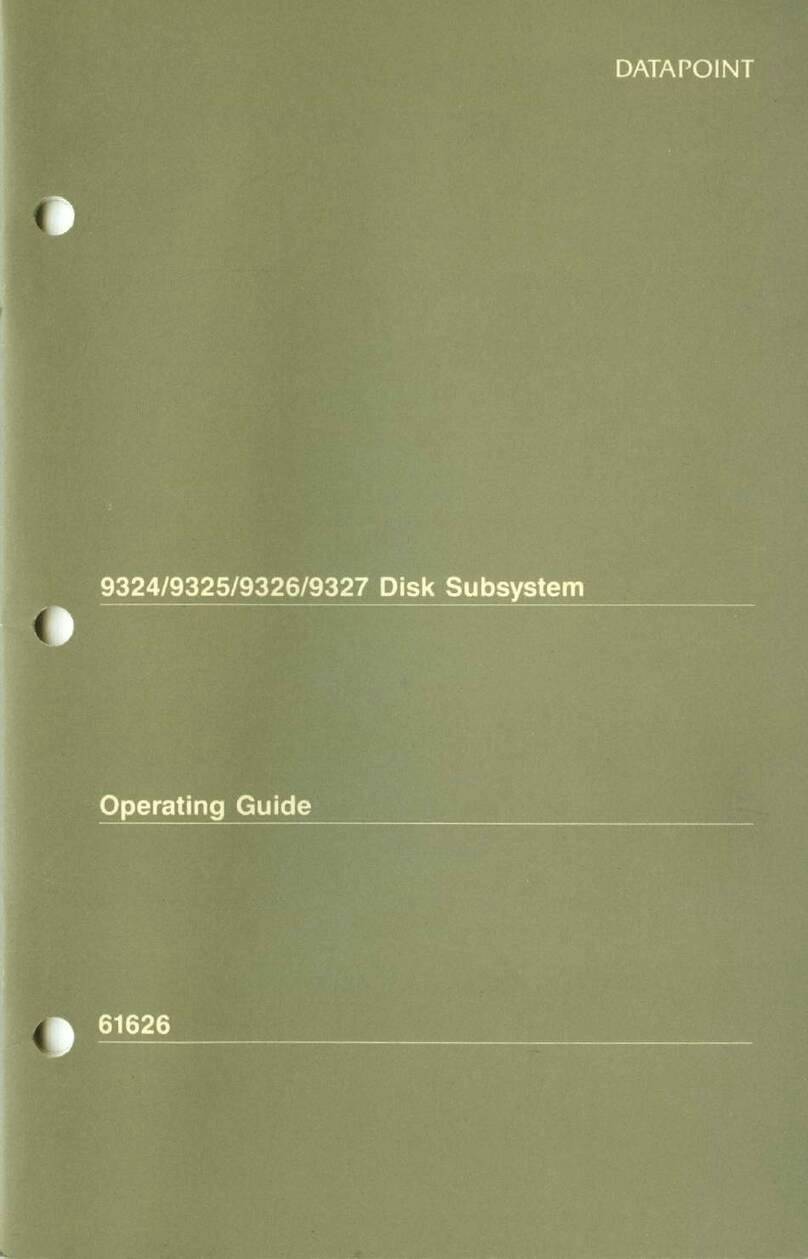
Datapoint
Datapoint 9324 operating guide
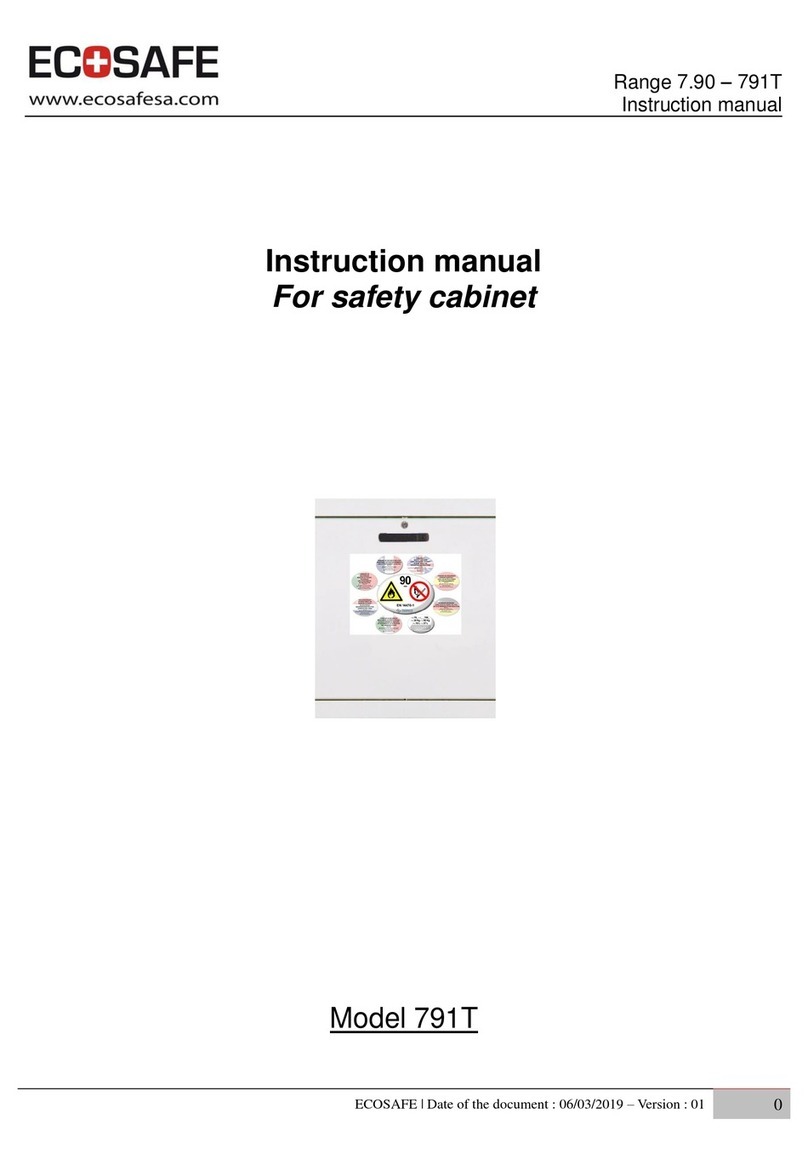
ECOSAFE
ECOSAFE 791T instruction manual
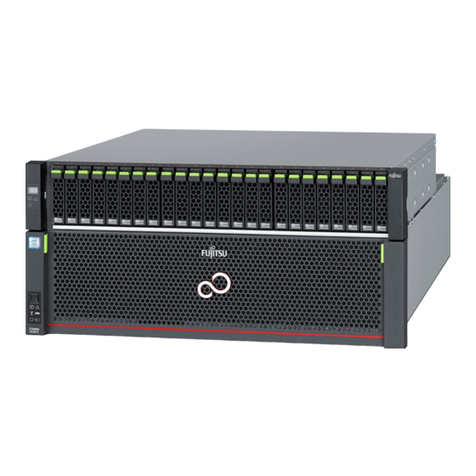
Fujitsu
Fujitsu ETERNUS DX S4 Series Safety precautions
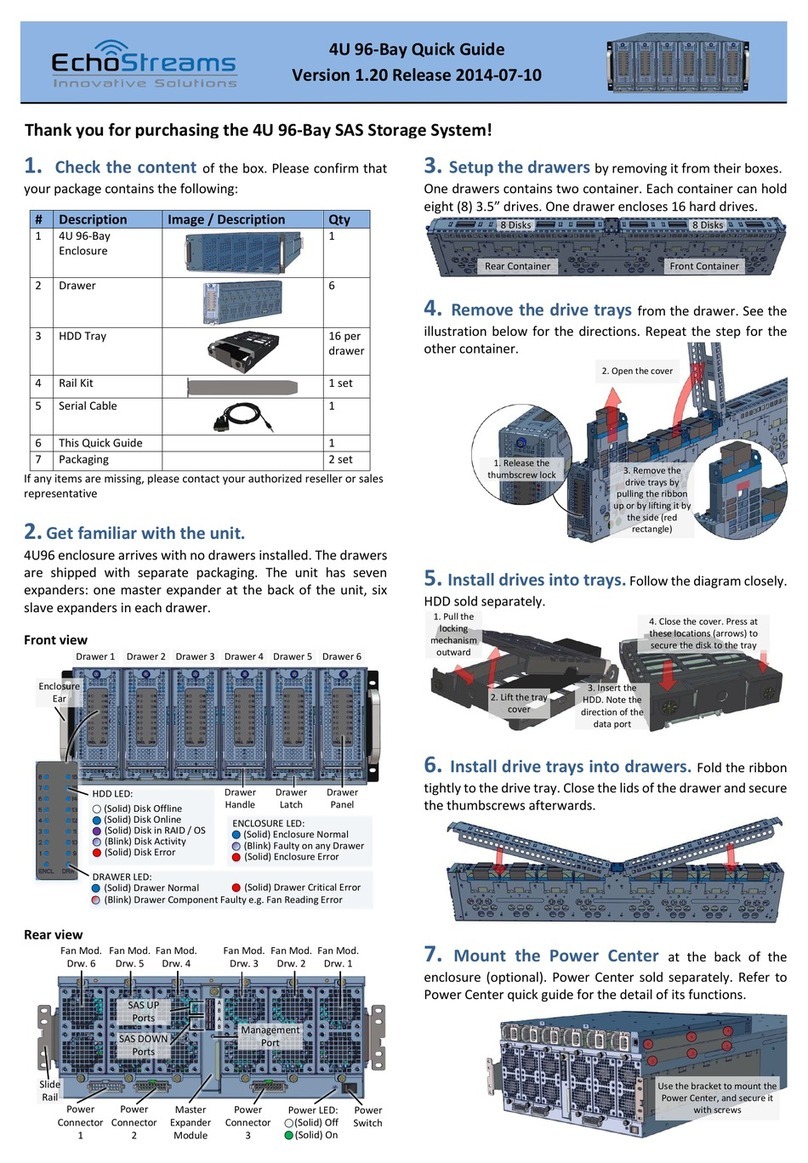
Echostreams
Echostreams 4U 96-Bay quick guide
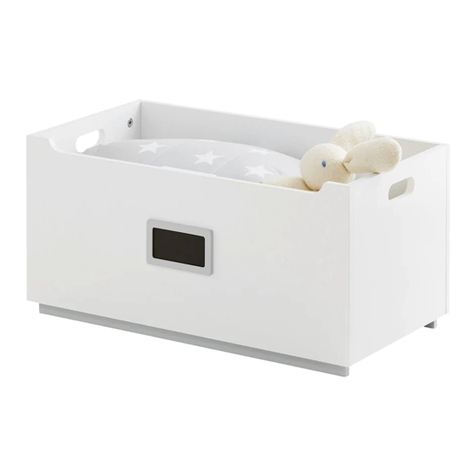
Great Little Trading
Great Little Trading Large Barbican Toy Storage manual
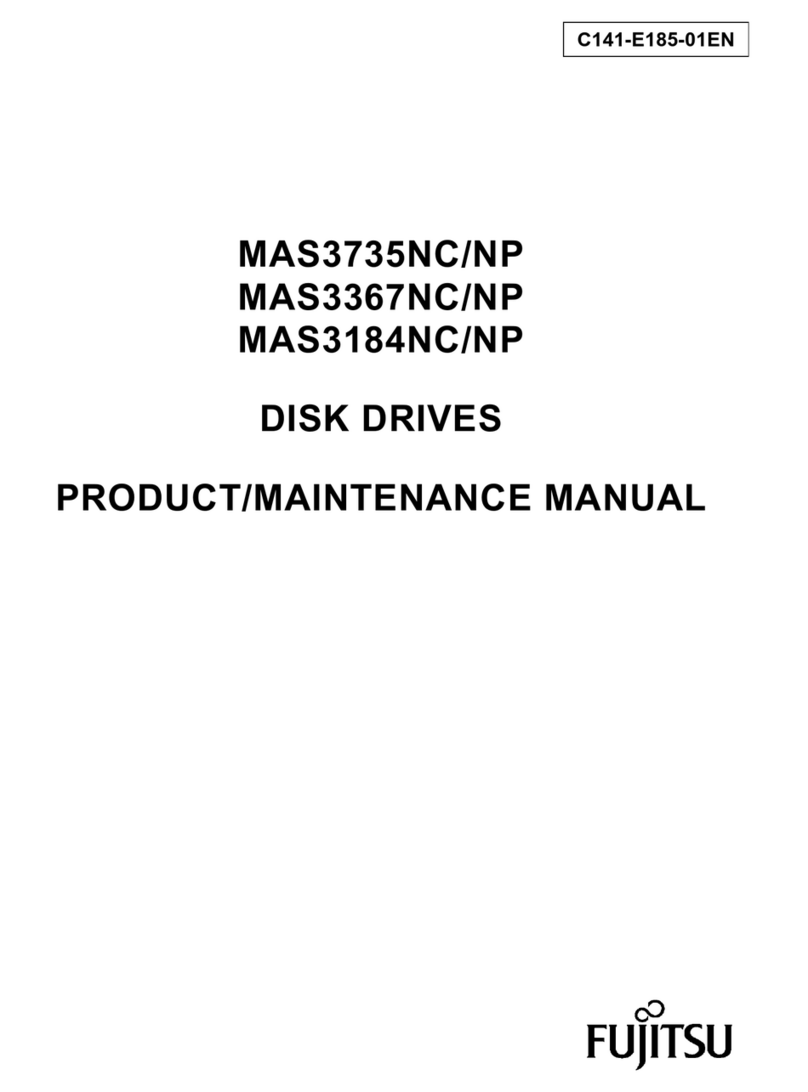
Fujitsu
Fujitsu MAS3184NC/NP Product/maintenance manual
